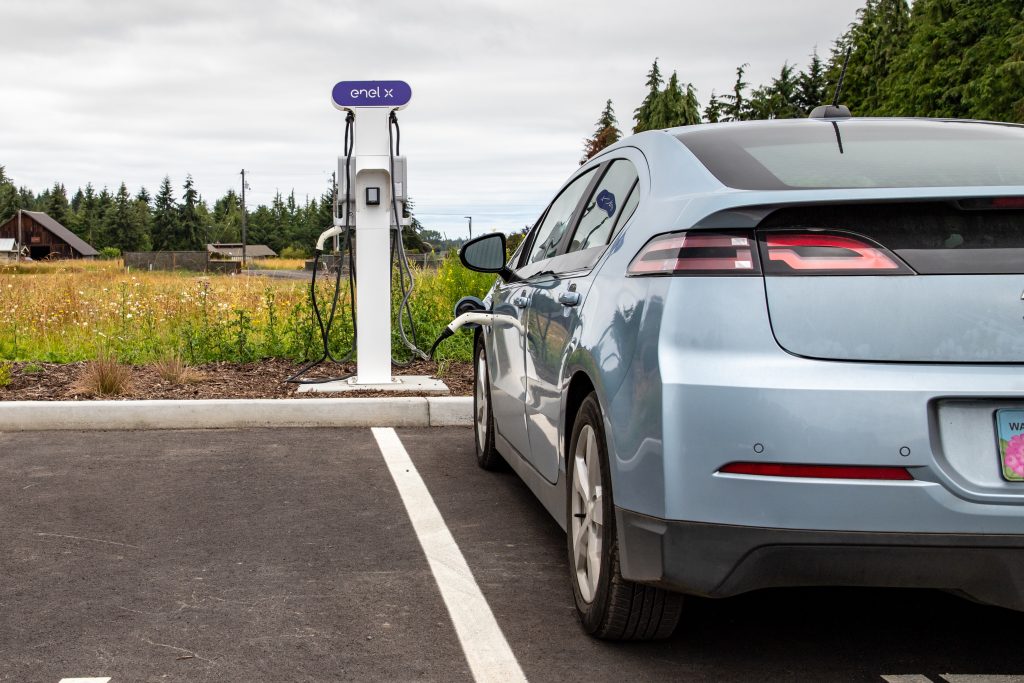Electric vehicles (EVs) have been gaining traction and popularity worldwide as a sustainable and eco-friendly alternative to traditional gasoline-powered cars. Countries are setting ambitious goals to transition to greener transportation systems due to concerns about climate change and the need to reduce carbon emissions. Australia, being a developed country with a significant contribution to global carbon emissions, has also been keen on adopting EVs. However, the country’s progress in this regard has been relatively slow compared to other developed nations. Nevertheless, with the recent global push towards electrification, the future of EVs in Australia is gaining momentum. The government is promoting electric vehicle adoption and the automotive industry is introducing more electric models. This article will talk about the current situation of electric vehicles (EVs) in Australia, the challenges and opportunities for their future development, and what we can expect regarding policies, infrastructure, and market trends. We will examine how electric vehicles can affect Australia’s transportation sector and the advantages they offer to the environment and economy.
Government incentives driving electric vehicle adoption.
In recent years, the Australian government has implemented various incentives to encourage citizens to switch to electric vehicles. There are various incentives available to individuals, including financial benefits like rebates and tax breaks, and non-financial benefits like access to special lanes and discounted registration fees. Incentives for EV adoption have been effective in countries like Norway, where over half of all new car sales are EVs. The Australian government is encouraging sustainable transportation and attracting investment from electric vehicle manufacturers by offering incentives. More electric vehicle options will soon be available in Australia.
Expanding charging infrastructure for EV owners.
Increased range and battery technology advancements.
Growing options for affordable electric vehicles.
 As the demand for electric vehicles continues to rise, manufacturers are responding by offering more affordable options. This is good news for the future of electric cars in Australia. It means that more people will be able to afford them. In addition to lower prices, there are also growing options for affordable electric vehicles with longer-range capabilities. This means drivers can travel farther without needing to search for a charging station, making electric vehicles more practical and convenient for everyday use. The government aims to invest in a national charging network, which will improve the infrastructure for electric vehicles and make them more appealing to consumers. More affordable electric vehicles are a good change for a greener future in Australian transportation.
As the demand for electric vehicles continues to rise, manufacturers are responding by offering more affordable options. This is good news for the future of electric cars in Australia. It means that more people will be able to afford them. In addition to lower prices, there are also growing options for affordable electric vehicles with longer-range capabilities. This means drivers can travel farther without needing to search for a charging station, making electric vehicles more practical and convenient for everyday use. The government aims to invest in a national charging network, which will improve the infrastructure for electric vehicles and make them more appealing to consumers. More affordable electric vehicles are a good change for a greener future in Australian transportation.
